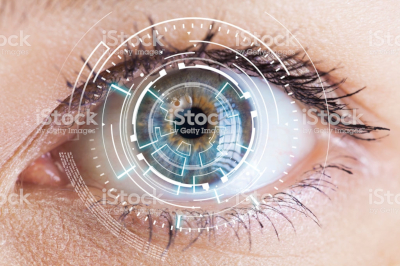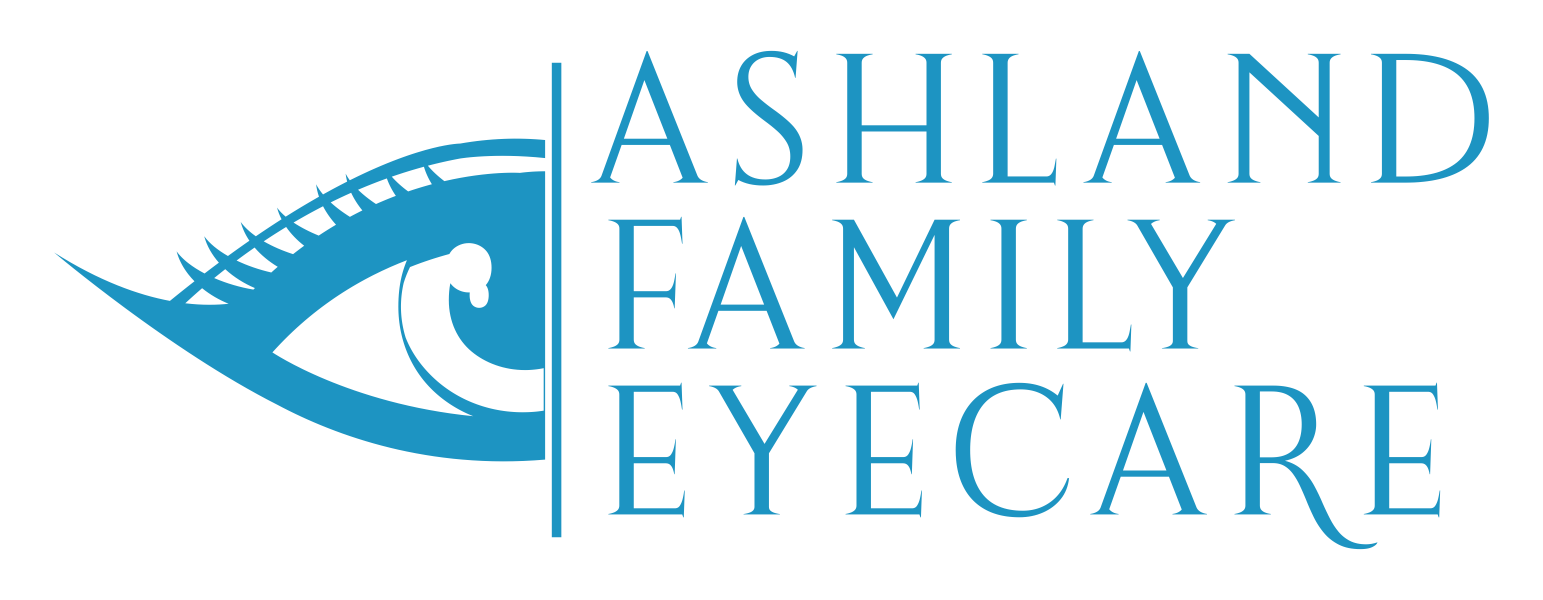
We know life can get busy and accidents happen too. To help you live your life, without missing a step. Call us at 508-928-7300 to schedule and appointment today. Our staff will work with you to schedule your emergency eye exam appointment as soon as possible. State of the art equipment allow us to examine the front surface of the eye and facial areas around the eye for infection or injury. After assessing the extent of the injury or infection a treatment plan will be formulated and explained to you. Treatment may include medications and supportive care. Follow-up visits to monitor your recovery will be scheduled as needed.
- Chemical burn(s)
- Corneal abrasion(s)
- Foreign BodyConjunctivitis
- Broken blood vessel(s)
- Sudden onset of double vision
- Sudden onset of visual disturbances such as flashes, floaters, wavy lines and static
- Sudden loss of vision
- Halos/Auras
- The eye is red
- Eye pain
- Rash(es) around the eye
Call Us
If you are experiencing any of these issues please call us right away, at 508-928-7300, and we will be more than happy to arrange an appointment for you.
Dry eye can be a serious condition that can affect our quality of life. It can be caused by many things such as aging, a dry or windy environment, excessive computer use, contact lenses, and certain medications just to name a few. Signs and Symptoms that you may have if you have Dry Eye Disease (DED):
- Burning sensation in eyes
- Gritty/sandy feeling in eyes
- Light sensitivity and/or glare
- Transient blurry vision (especially on the computer)
- Tearing eyes (Think of how much your eyes tear after riding a bike into the wind, it is a reflex from your brain to tell you your eyes are extra dry)
- Discomfort with your contact lenses by the end of the day
Some of the treatment she may use include:
- Eye drops (often, both over the counter and prescription drops are necessary)
- Eye ointments
- External lid and lash hygiene
- Nutritional counseling
- Punctal occlusion
- Lifestyle changes
- Moisture chambers
- Referral for Serum Treatment, Eyelid Surgery, IPL and Lipiflow Treatments
There are a number of sources for proper eye nutrition. A healthy lifestyle makes a difference – smoking and excessive alcohol consumption increase progression of cataracts and age-related macular degeneration. Smoking has also been shown to exacerbate dry eye disease. Supplementing your diet with added vitamins and minerals could be the key to the wellness of your vision and longstanding eye health.
Vitamins and Minerals: A number of vitamins have been shown to have positive effects on the eyes. Vitamin A effectively supports retinal function, and can be found in most orange, yellow, and green fruits and vegetables.
Vitamin C is useful in lens longevity and Vitamin E is an antioxidant and could be the key to delaying cataracts. Beyond vitamins, there are a variety of minerals that can boost your eye health. Omega-3 fatty acids in fish oils have anti-inflammatory properties that can reduce the risk of age-related macular degeneration. Zinc and selenium helps your body absorb the vitamins you eat, particularly Vitamin E. Lutein and zeaxanthin may protect your macula by filtering out blue light.
Food to Enjoy: The foods you eat should be high in vitamins and nutrients. Your first clue is the color of the food. Orange, yellow, or green foods are often quite high in Vitamin A. Mangoes, sweet potatoes, carrots, and cantaloupe are great sources. Leafy greens and nuts contain lots of vitamin E, while citrus fruits and peppers are loaded with vitamin C.
Foods to Avoid: Excessive sugar and salt are the number one detriment to your eye health, and are difficult to reduce. Decreasing your use slowly will allow your tastebuds to adjust while avoiding abating cravings. Processed foods like refined grains should be avoided, as well as trans or saturated fats. Make a habit of reading the label before putting foods in your shopping cart – eye health starts in the grocery store.
Supplements: If you’re not sure you’re getting the right amount of nutrition for your eyes, a supplement could be beneficial. There are a number of vision supplements created to support the systemic health of your eyes. These should not replace proper nutrition, but can boost the amount of vitamins and minerals you’re already getting from a wholesome diet. Talk to Dr. Bansal about which supplements are right for you.
If you’ve been diagnosed with diabetes then having a diabetic eye exam is of utmost importance. You may feel that your vision is stable and doesn’t bother you, so why should you have your eyes examined thoroughly every year? Diabetic retinopathy is the most common cause of blindness in American adults and you may not have any noticeable changes in your vision until it is too late. Generally, the condition is treatable, but if not caught early enough it can lead to permanent vision loss and blindness. The disease is caused by changes in the blood vessels of the retina. The high amounts of insulin can cause the blood vessels to swell and leak fluid. In some people abnormal blood vessels grow on the surface of the retina and will need immediate treatment to preserve your vision.
The longer someone has diabetes, the more likely he or she will get diabetic retinopathy. Between 40 to 45 percent of Americans diagnosed with diabetes will have some stage of diabetic retinopathy. Dr. Bansal will spend extra time carefully examining the retina for any signs of diabetic retinopathy. We also use special technology to take a photo of the inside of your eye to track your eye health. She will also communicate her findings to your primary care physician so that they can make sure you are not at risks for other conditions diabetes can cause.
During pregnancy, diabetic retinopathy may be a problem for women diagnosed with gestational diabetes. To protect vision, every pregnant woman with diabetes should have a comprehensive dilated eye exam with retinal photography as soon as possible.
What is the Retina?
The retina is light-sensitive tissue that lines the back interior of the eye. This tissue is responsible for turning light into signal for the brain which, ultimately, results in the images we see. Retinal imaging is the process of using high-resolution programs to take pictures of the inside of your eye. Retinal imaging gives the Doctor an in-depth look at the internal structures in your eye. This helps them understand and assess the eye in ways that traditional eye exams and scopes cannot account for.
A healthy retina is vital to vision. Retinal damage can occur more often than most people realize and symptoms of retinal damage can be tough to identify. Retinal imaging may be recommended based on findings during your annual, comprehensive eye care if a doctor suspects an underlying condition.
Macular degeneration is a progressive eye condition affecting as many as 10 million Americans and millions more around the world. This disease attacks the macula of the eye, where our sharpest central vision occurs. Although it rarely results in complete blindness, it robs the individual of all but the outermost, peripheral vision, leaving only dim images or black holes at the center of vision.
Symptoms include: Blurred central vision or blind spots.
Diabetic retinopathy occurs when the blood vessels in the back of the eye become weakened and damaged, causing swelling or leakage of blood in the eye. There are two types: nonproliferative and proliferative.
Non-proliferative Diabetic Retinopathy (NPDR) is caused by fluid from the blood vessels in the Retina leaking into the macula, causing it to swell. This can lead to blurry or cloudy vision. In its more advanced stages.
Proliferative Diabetic Retinopathy (PDR) sets in and new blood vessels can form in the Retina. These irregular blood vessels can cause damage by leaking blood into the vitreous. If untreated, PDR can possibly lead to Retinal detachment and even glaucoma.
Floaters
Floaters are small abnormalities in a person’s vision. They can appear as tiny spots or small curvy lines that move along with the movement of the eye. There are many possible causes of floaters, but usually they are the result of foreign matter in the vitreous, physical injury to the eye, or another existing eye disease.While floaters do not have major adverse effects on overall vision, it is important that people experiencing these spots monitor them closely as they could be indicative of a more serious condition.
Uveitis
Uveitis is an inflammation of the middle layer of the eye that consists of the iris, ciliary body and choroid. Symptoms include: blurred/cloudy vision, floaters, eye pain or redness, increased sensitivity to light, and headaches.
Dr. Bansal has been trained to diagnose and treat glaucoma. In fact she has been involved with some of the major U.S. glaucoma research studies (Ocular Hypertension Treatment Study & Advanced Glaucoma Intervention Study) as a Research Coordinator.
Glaucoma is a disease that affects over 2.5 million people. Glaucoma gradually deteriorates peripheral vision and eventually can lead to total blindness if not detected and treated. It is most often caused by high eye pressure that can damage the optic nerve that sends the vision signals to the brain. Once vision is lost it can never be recovered so it is very important to monitor for it yearly. You have a higher risk of glaucoma if someone in your family has had the disease, you are over 60, or you have African or Latin American heritage.
If you are found to have glaucoma the eye pressure can be lowered with drops and monitored over time in order to prevent further vision loss. Dr. Bansal will check your eye pressure gently and accurately with an instrument called the Goldmann Tonometer (we do not use the air puff testing method) and evaluate your optic nerve for signs of glaucoma. She may recommend special testing such as a peripheral vision sensitivity test and also retinal imaging of your optic nerve to monitor patients for the development of the disease.
Glaucoma is the second leading cause of blindness worldwide but many people who have the disease don’t even know it. For this reason, its often considered a silent disease like hypertension. Glaucoma can gradually lead to vision loss, beginning in the periphery of one’s eyesight and later involving central vision. Prevention is key.
At B-Town Eyecare, we have the latest technology to help detect and monitor this challenging disease. Advanced treatment options allow us to prevent unnecessary vision loss including blindness.
If it’s been a while since you have been screened for this serious eye disease, please call today for your appointment.
